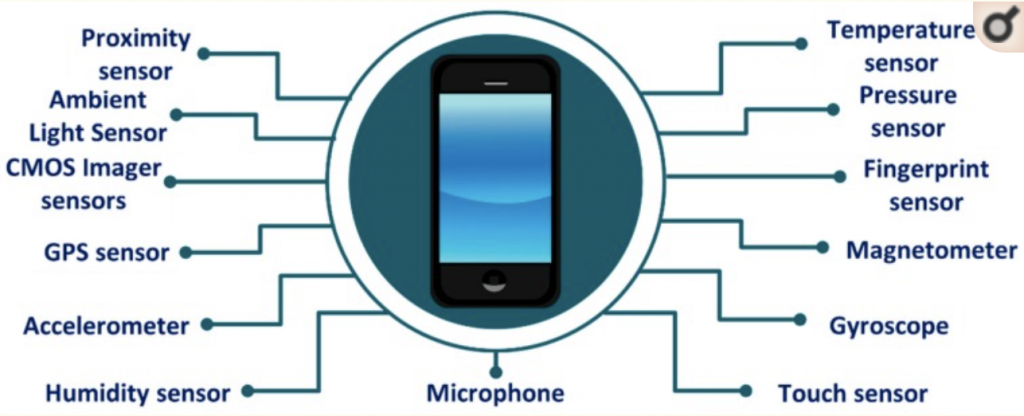AI-driven discussions present a unique opportunity for intellectual engagement and growth in today’s dynamic and rapidly changing world. Facilitated or generated by artificial intelligence (AI) systems—such as advanced language models like OpenAI’s GPT series—these discussions can take various forms, including virtual debates among AI entities. AI-driven discussions enable users to engage with diverse topics anytime, anywhere, fostering a flexible learning experience. These discussions broaden users’ understanding and encourage critical thinking by presenting fresh perspectives on controversial or complex issues. Serving as a valuable resource for brainstorming sessions, AI-driven discussions can help researchers and creative professionals generate new ideas and insights. Moreover, they facilitate time efficiency by concisely summarizing vast amounts of information or presenting multiple viewpoints. Importantly, these automated discussions are devoid of personal biases or emotions, which often impede productive debates, allowing for more objective and focused discourse.
I created a Python script enabling multiple AI language models to engage in an AI-moderated discussion on any topic. An additional AI model provides real-time analysis and critique to improve the conversation’s quality further.
The AI Philosopher’s Roundtable Script
The Python script harnesses OpenAI’s GPT-4 to create an interactive setting in which three distinct AI entities, each assigned specific roles, engage in a structured dialogue:
Moderator: This AI model ensures the conversation remains focused, provides guidance, and promotes productive discourse. GPT-based analysis system: This AI model summarizes and assesses the debate in real-time, offering valuable insights and constructive feedback to enhance the conversation’s quality. The script starts by requesting the user to input a discussion topic. Once entered, the conversation begins with the Moderator setting the stage. The AI philosophers, System1 and System2, alternate in contributing to the debate, with the Moderator periodically intervening to maintain focus.
System1 and System2: These AI models represent philosophers celebrated for their critical thinking and capacity to propel discussions forward.
Evaluator: After a predetermined number of iterations, the GPT-based analysis system evaluates and summarizes the discussion.
The script can be found here.
Analysis
Despite the numerous advantages, there are also some drawbacks to AI-driven discussions. One significant limitation is that AI language models are based on existing knowledge and might not be able to provide truly original insights or ideas. They may lack the depth and nuance that human experts can bring to a conversation, resulting in oversimplifications of certain topics. This can be observed in the discussion records. They may also inadvertently reproduce biases present in the data they were trained on. Misinterpretations or inaccuracies may also arise, as AI models might not fully comprehend the context or nuances behind a specific subject. Lastly, the absence of emotions and personal experiences may limit the empathetic understanding and interpersonal connections that can be fostered through human-to-human discussions.
Nevertheless, even with such a simple script, it is already possible with GPT-4 to produce plausible discussions. It will be interesting to see how these discussions involve with more advanced system information prompts, models, and scripts.
Read Further
Quite similar to the topic discussed in this blog post are Auto-GPT and BabyAGI.
These projects attempt to create AI agents that can perform multistep tasks autonomously. While they currently require significant human input and are not yet fully autonomous, they represent early steps towards more complex AI models.
Auto-GPT, created by Toran Bruce Richards, chains together GPT-4 outputs to achieve a set goal. It currently requires user permission for each step and can’t make purchases, but it demonstrates the potential for AI assistants. BabyAGI, created by Yohei Nakajima, is inspired by the idea of using GPT-4 as an AI co-founder for businesses and has a task-oriented approach. Both projects face limitations due to GPT-4’s narrow range of interpretive intelligence and the issue of confabulations.
Read the full article to learn more about Auto-GPT, BabyAGI, and their implications for AI development.
Another self-looping ChatGPT agent system is described in the paper “Generative Agents: Interactive Simulacra of Human Behavior.” Implemented in a sandbox environment inspired by The Sims, these agents exhibit realistic individual and social behaviors. The research emphasizes the significance of observation, planning, and reflection in creating convincing simulations and demonstrates the integration of large language models with interactive agents.






